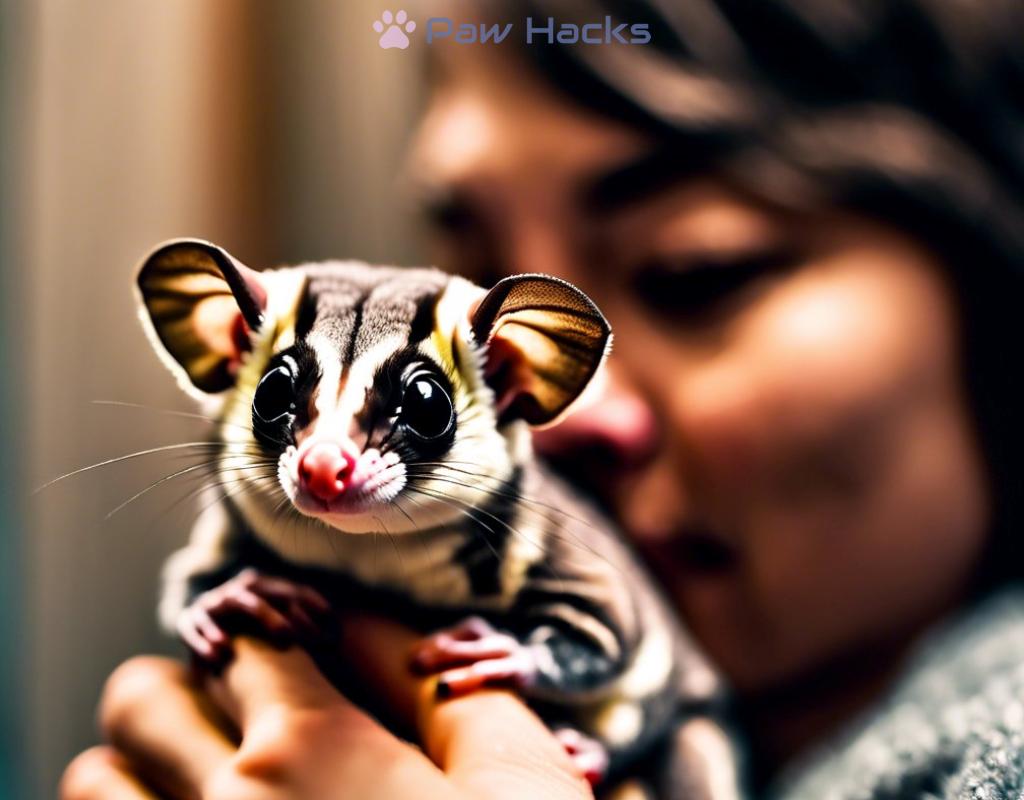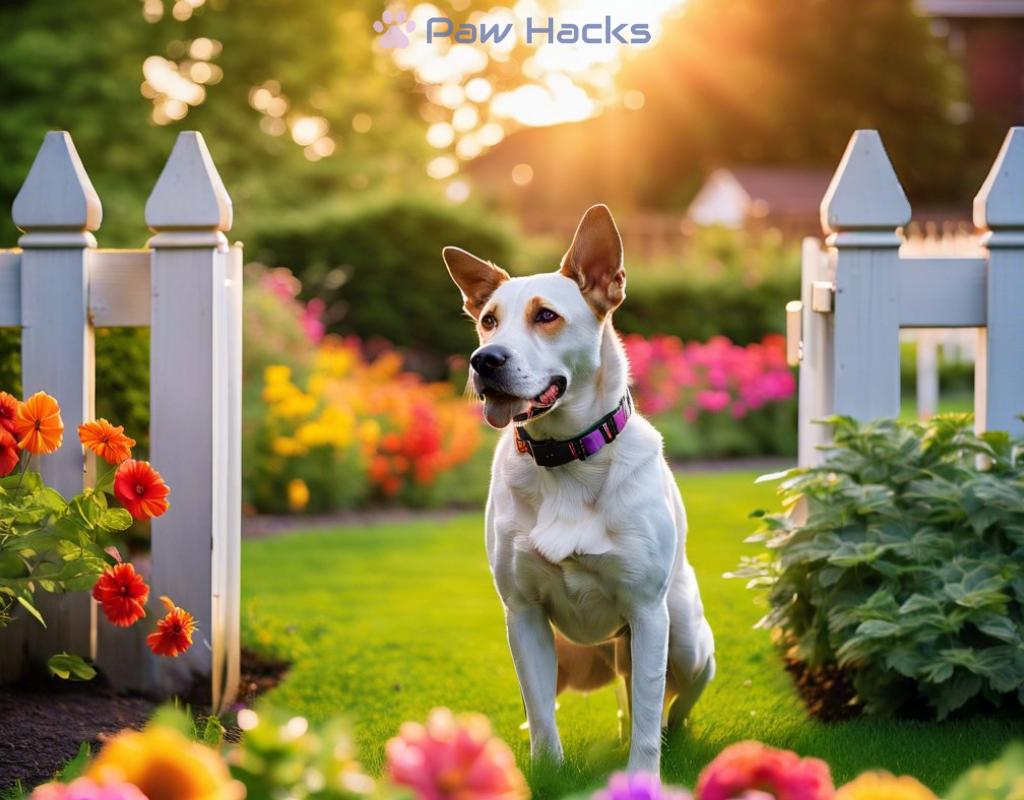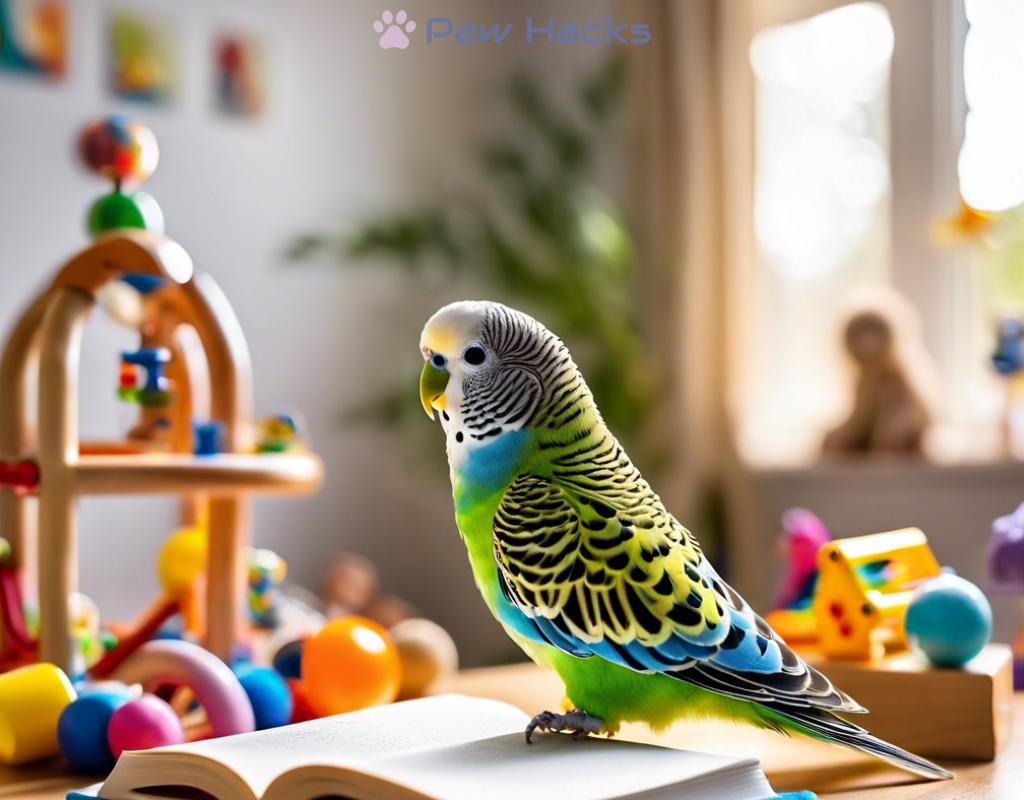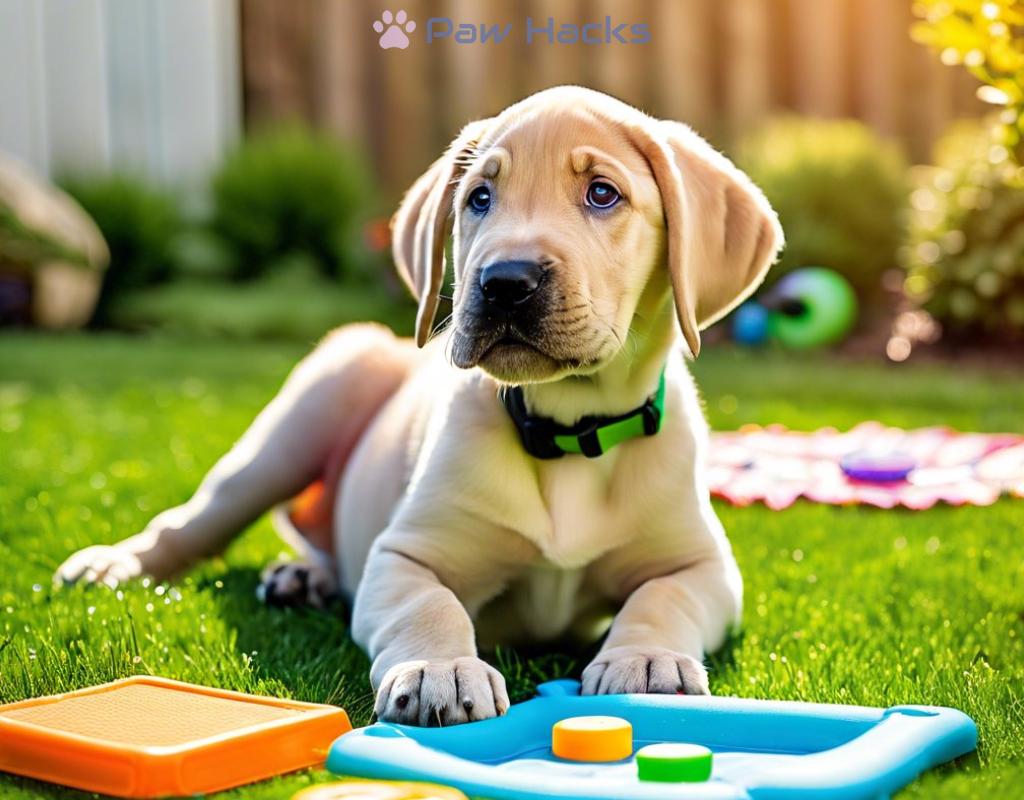Training Sugar Gliders to Bond with Humans
Building Trust: The First Steps to Bonding with Your Sugar Glider
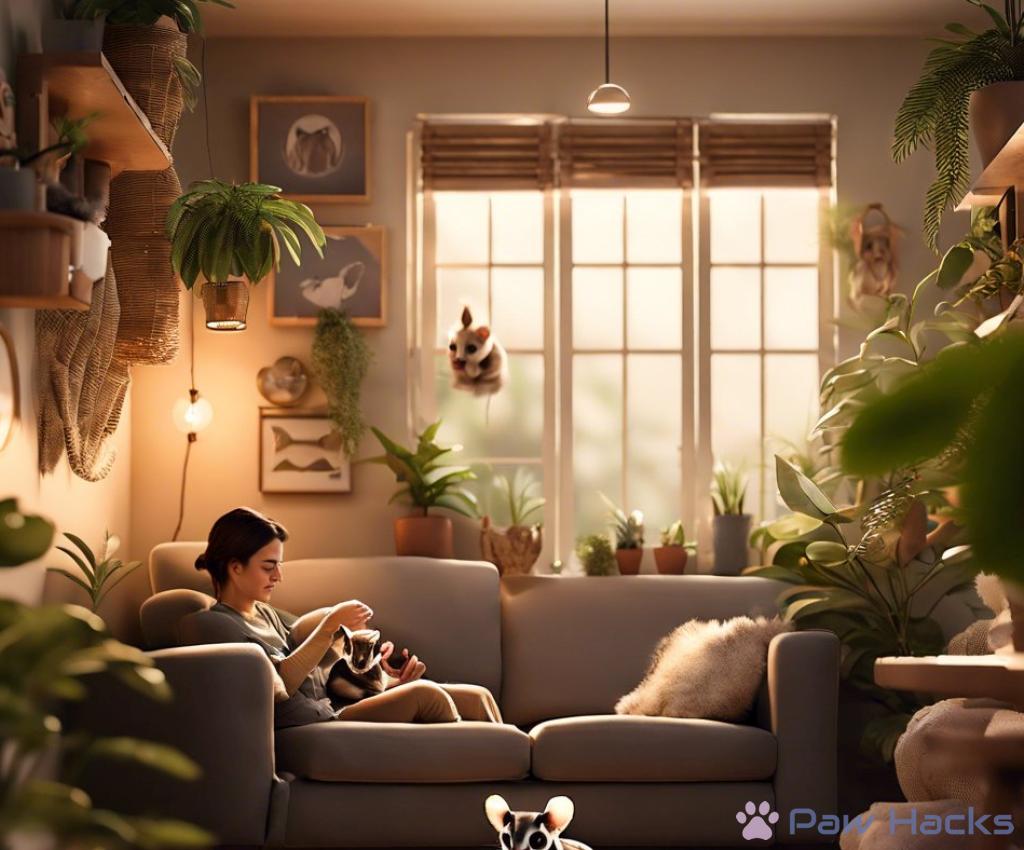
Before you can begin the bonding process with your sugar glider, it is essential to create a comfortable and safe environment for them. Sugar gliders are sensitive creatures, and their initial experiences in your home will set the tone for your future relationship.
Start by providing a spacious cage with plenty of hiding spots and toys. A cozy sleeping pouch will also help them feel secure. Position the cage in a quiet area of your home where they can observe your daily activities without feeling overwhelmed.
Consistency is key when it comes to building trust with your sugar glider. Establishing a routine helps your pet feel more secure and less anxious. Feeding them at the same time each day, interacting with them during specific times, and maintaining a calm atmosphere can work wonders.
Here’s a simple list to help you structure your routine:
- Feeding: Offer fresh fruits, vegetables, and a high-quality sugar glider diet once a day.
- Playtime: Spend at least 30 minutes each day outside the cage for play and exploration.
- Interaction: Talk softly and gently handle your sugar glider to increase their comfort level with you.
Using positive reinforcement is one of the most effective methods for training sugar gliders. This technique involves rewarding your pet for desired behaviors, which encourages them to repeat those behaviors.
For instance, when your sugar glider approaches you or allows you to handle them, reward them with a treat, such as a small piece of fruit. Over time, they will associate your presence with positive experiences, resulting in a stronger bond.
Creating a Cozy Environment: How Comfort Affects Your Sugar Glider’s Bonding
When it comes to forging a strong connection with your sugar glider, the environment they inhabit plays a pivotal role. A cozy and inviting space can significantly affect their mood and willingness to engage with you. Just as humans thrive in comfortable settings, sugar gliders can also benefit immensely from an environment that promotes safety and relaxation. Understanding how to create this atmosphere is essential for nurturing a trusting relationship.
Creating a safe haven for your sugar glider involves more than just choosing the right cage. It is crucial to consider the layout and accessories within that space. A well-designed cage should mimic the gliding environment they are used to in the wild. This includes offering vertical space, as sugar gliders are arboreal by nature. Incorporate multiple levels, hammocks, and climbing branches to give them opportunities to explore and feel secure. Each item you add should provide a sense of security and comfort.
Temperature and lighting can greatly influence your sugar glider’s comfort level. These creatures thrive in a warm environment, ideally between 70°F to 90°F. Ensure that their cage is placed away from drafts and direct sunlight, which can lead to stress. Using soft, indirect lighting can also create a calming atmosphere. It is essential to monitor their behavior closely, as signs of distress may indicate that adjustments are necessary. A cozy environment not only fosters a sense of safety but also encourages your sugar glider to approach you more willingly.
Incorporating comfort items into your sugar glider’s habitat can enhance their bonding experience. Soft fabric pouches, blankets, and even toys can serve as security objects that help them relax and feel at home. When your sugar glider snuggles into these items, they may associate them with comfort and safety, making them more likely to engage with you. Over time, as they feel more comfortable in their space, they will begin to explore their surroundings and interact with you on a deeper level.
Interactive Playtime: Engaging Activities to Strengthen Your Connection
When it comes to building a strong bond with your sugar glider, interactive playtime is a crucial element that cannot be overlooked. This time spent together not only enhances trust but also deepens your relationship through fun and engaging activities. By incorporating a variety of play methods, you can create memorable experiences that your sugar glider will associate with positive interactions.
One of the most effective ways to engage with your sugar glider is to provide them with opportunities to explore their surroundings safely. Creating an enclosed play area outside their cage allows them to glide, jump, and climb, mimicking their natural behaviors. This can be achieved using a play gym or a secure space in your home where they can roam freely. Be sure to supervise their exploration, as this will not only ensure their safety but also allow you to interact and bond with them during the process.
Incorporating interactive toys into your sugar glider’s playtime can significantly enhance their mental stimulation and engagement with you. Consider toys that encourage problem-solving, such as treat-dispensing puzzles or foraging toys where they have to work for their rewards. These activities not only keep their minds sharp but also promote a sense of accomplishment, leading to a stronger bond. As your sugar glider learns to associate these toys with you, they will feel more connected and eager to interact.
Another vital aspect of interactive playtime is the opportunity for gentle handling and cuddling sessions. When your sugar glider is comfortable being held, they are more likely to seek out your presence. Start by allowing them to climb onto your hand or shoulder, and gradually introduce longer cuddling sessions. This physical closeness not only helps them feel secure but also reinforces the connection between you. Remember to read their body language—if they seem anxious or restless, give them space to explore on their own.
Understanding Their Language: Communicating Effectively with Your Sugar Glider
Effective communication with your sugar glider involves understanding the subtle nuances of their sounds and body language. Sugar gliders have a unique vocal repertoire that can express a range of emotions, from excitement to fear. By paying close attention to these vocalizations, you can better respond to their needs and strengthen your bond. For instance, if your sugar glider makes a soft crabbing sound, it may be feeling threatened or uncomfortable, prompting you to provide comfort or reassurance.
Moreover, body language is equally telling; for example, when a sugar glider flattens its body against a surface, it often indicates a desire to hide or a feeling of insecurity. In contrast, a relaxed posture, with their tail curled and ears perked, suggests that they are at ease and open to interaction. Understanding these signs not only enhances your ability to communicate but also fosters a deeper connection between you and your furry friend.
Once you have a grasp on how to interpret your sugar glider’s sounds and movements, the next step is to create a two-way communication channel. This means that not only should you respond to their cues, but you can also use your voice and actions to elicit specific responses from them. For example, using a consistent phrase or sound during playtime can help your sugar glider associate that cue with fun activities, reinforcing their eagerness to interact.
Additionally, incorporating treats or engaging activities while you communicate can enhance their learning process. Over time, they will begin to associate your voice and actions with positive experiences, leading to a more responsive and trusting relationship. Remember, consistency is key; the more predictable your responses are, the more secure your sugar glider will feel.
Building a strong bond with your sugar glider is not only about understanding their language but also about engaging in positive interactions. Encouraging communication can be achieved through gentle handling, playtime, and the establishment of routines. These activities create a rich environment where your sugar glider feels safe and valued, making them more likely to reach out for interaction.
As you engage in these positive experiences, your sugar glider will begin to see you as a trusted companion. The more they feel understood and secure, the more they will express themselves—both vocally and through body language. This mutual understanding will pave the way for a lasting bond, allowing you to enjoy the delightful companionship that sugar gliders bring.
Consistency is Key: Establishing Routines to Foster a Lasting Bond
When it comes to fostering a lasting bond with your sugar glider, establishing a consistent routine is essential. Sugar gliders thrive in environments where they can predict what will happen next, which significantly reduces their anxiety. By creating predictable interactions, you not only help your sugar glider feel more secure but also pave the way for deeper engagement. A reliable schedule can include set times for feeding, play, and cuddling, which allows your pet to anticipate and look forward to these moments with you.
The act of repeating certain actions at the same times will build trust over time. For instance, if your sugar glider knows that every evening at 7 PM is playtime, they will eagerly await your arrival, understanding that this is a time for fun and exploration. This repetition establishes a rhythm in your daily interactions, enabling your sugar glider to become more comfortable with you. This comfort is reflected in their willingness to approach, engage, and participate in activities with you. Furthermore, when they see you consistently providing care and attention, they will begin to associate you with positive experiences.
While consistency is vital, it is equally important to remain flexible within that structure. Sugar gliders are sensitive creatures, and their moods can change based on various factors, such as environment or health. Therefore, being attentive to their needs and adjusting your routine accordingly can enhance your bond. For instance, if your sugar glider appears more active one evening, you might extend playtime, while on another day, a shorter session may be more appropriate. This adaptability shows your sugar glider that you are attuned to their emotional state, further solidifying the trust between you.
Share this content:
